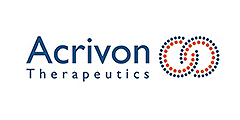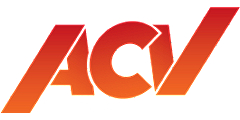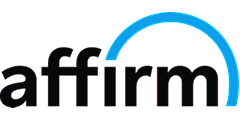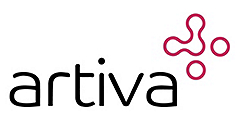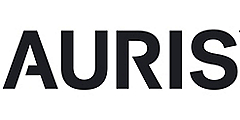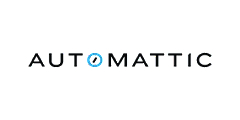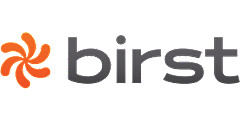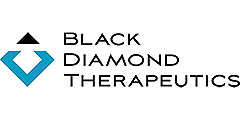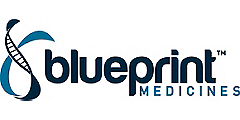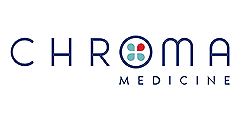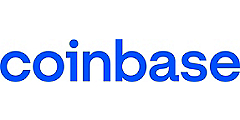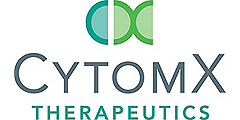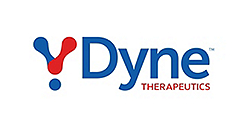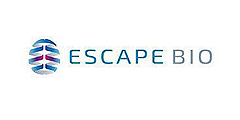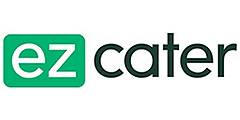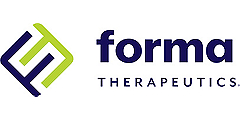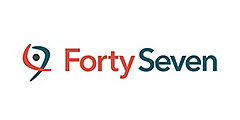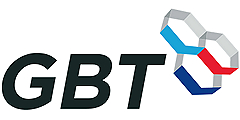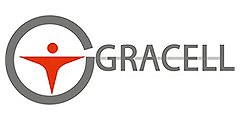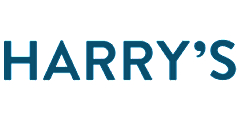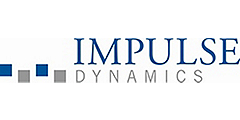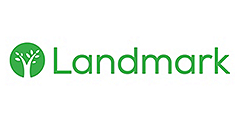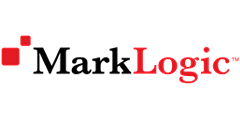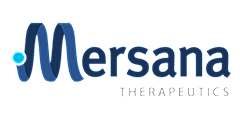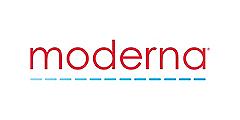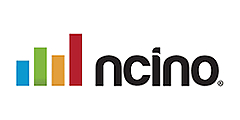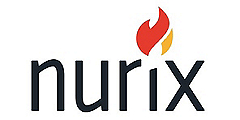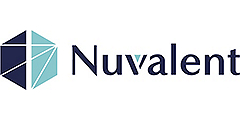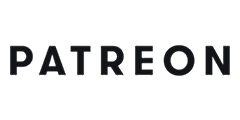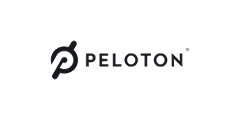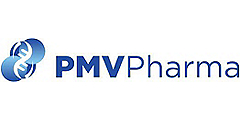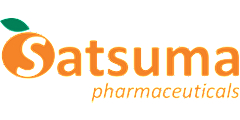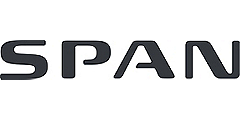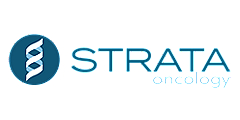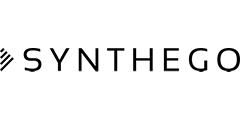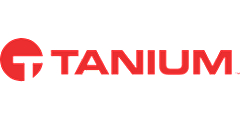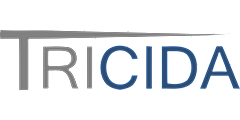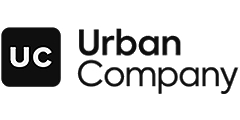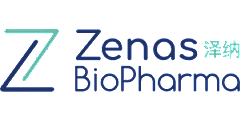Today, more than 90% of unicorns enjoy that status on paper only, as they have yet to raise capital in the current environment.2 We believe many will struggle to raise financing rounds based on their highwater valuation during the zero-interest-rate period, and new start-ups will find it increasingly difficult to raise successive rounds. According to some estimates, 40% of these active unicorns are trading below US$1 billion on the secondary market.3
Assessing capital efficiency in late-stage companies
This changing landscape provides an opportunity to reflect on which metrics are reliable indicators of a company’s long-term success, regardless of the macroeconomic backdrop. If the valuation of many active unicorns is questionable, how can investors determine which to support and how to price them?
We previously discussed venture capital growth efficiency metrics focused on early-stage companies. Here, we will focus our discussion on late-stage company metrics that can help investors assess a company’s capital efficiency (and therefore, likely durability). It is important to review a variety of metrics, stress test assumptions, and consider return-scenario implications as a company continues to grow and scale. In our view, key metrics include:
Total Addressable Market (TAM)
TAM represents the revenue opportunity or maximum market demand for a product or service. Understanding TAM helps start-ups and investors gauge the potential scale and growth prospects in a given market.
Customer Acquisition Cost (CAC)
CAC measures the amount of money a company spends to acquire each new customer. It is calculated by dividing total marketing and sales expenses by the number of customers added in a given period. CAC is an indicator of the efficiency and profitability of a company’s customer acquisition efforts.
Churn
Churn measures the rate at which customers stop doing business with a company. High churn rates can indicate dissatisfaction with a product or service, ineffective customer retention strategies, a highly competitive market, or a combination of all three.
Customer Lifetime Value (LTV)/CAC
LTV, or average total per-customer revenue, divided by CAC measures the profitability and efficiency of a company’s marketing and sales efforts. A higher LTV/CAC ratio can mean that the company is more capital efficient; able to retain customers longer; and earn more revenue from them, while spending less on acquiring new customers.
These metrics can vary by a company’s stage, sector, and operating region, so it is important to benchmark across competitors and public-market incumbents.
Greater efficiency needed across the board
As the cost of capital rises — a function of both interest rates and reduced venture fundraising — it seems likely that companies will be increasingly scrutinized for capital efficiency. Such a rationalization is already in motion, with heavily funded firms such as Convoy and Hopin going under,4 and we believe these large-scale failures may continue over the next few years, as cash runways dwindle.
Portfolio companies are not the only ones that need to defend their capital efficiency. With distributions from venture capital funds dropping 84% from 2021 to 2023,5 many limited partners are asking venture fund managers difficult questions about their process, philosophy, and largely unrealized performance over the past decade. That is likely because, despite a decade of robust activity, punctuated by a tremendous liquidity environment in 2020 and 2021, most venture fund managers have returned very little capital to their investors. As an example, considering standard 10-year fund terms, 2014 vintage funds were optimally timed to take advantage of the market environment, particularly in 2021. Yet, the Cambridge Associates Venture Capital Benchmark shows a median Total Value to Paid-In (TVPI) for 2014 of 2.5x, with only 0.9x Distributed to Paid-In (DPI) returned to investors (Figure 3). The figures for the 2017 cohort are even more stark, with a median TVPI of 2.0x and a DPI of only 0.1x.





















